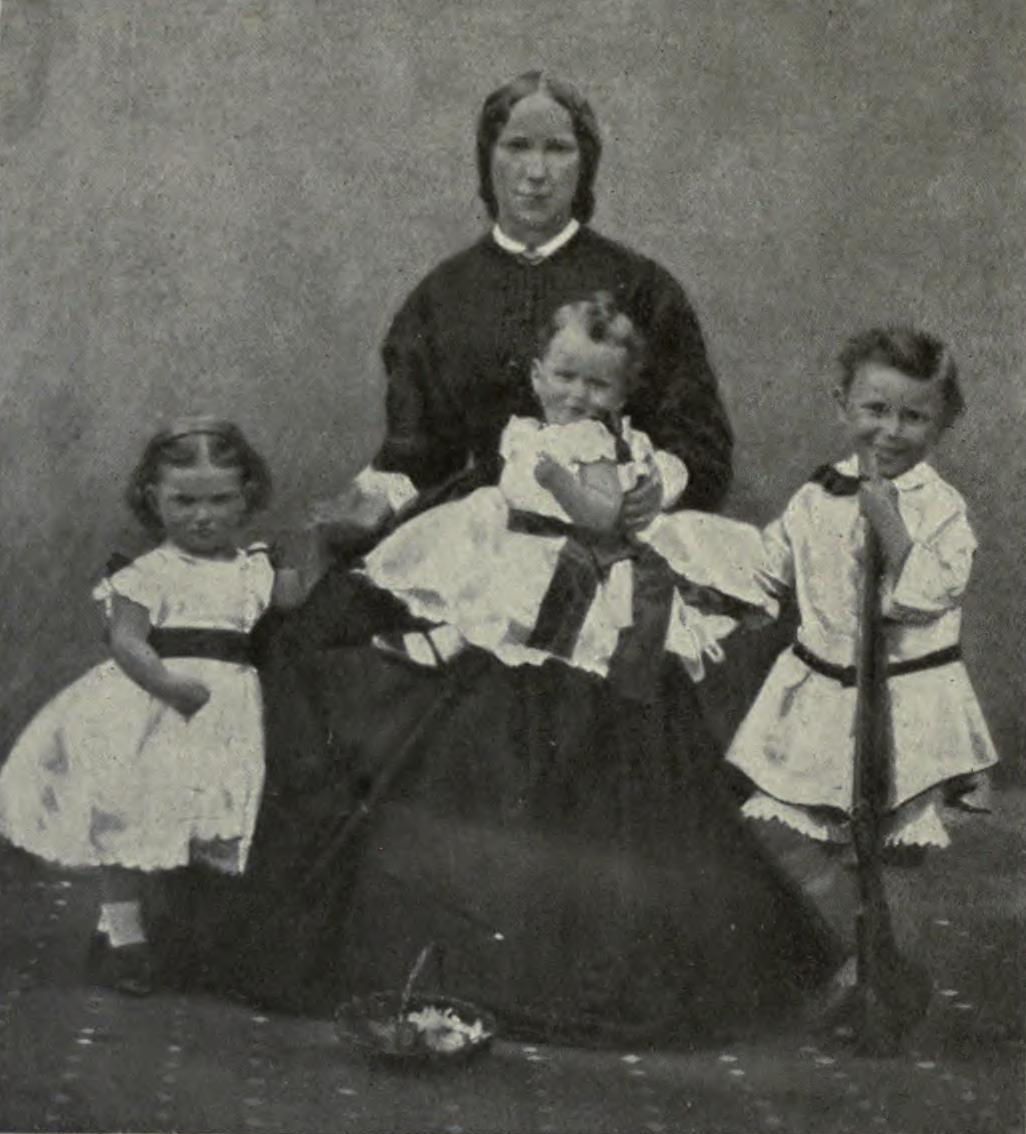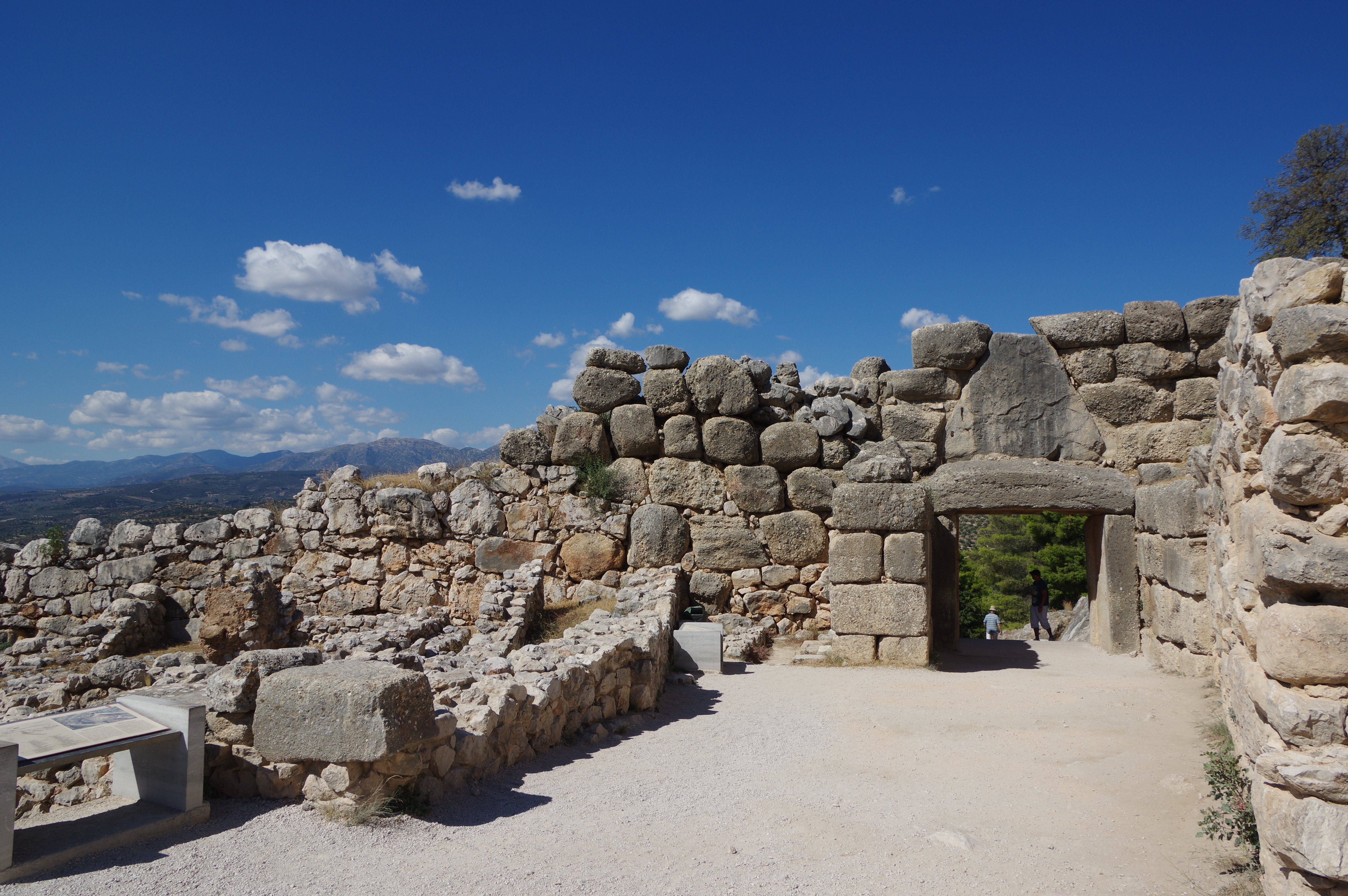|
Tel Rumeida
Tel Rumeida ( ar, تل رميدة; he, תל רומיידה), also known as Jabla al-Rahama and referred to by Israeli settlers as Tel Hebron is an archaeological, agricultural and residential area in the West Bank city of Hebron. Within it, lies a tell whose remains go back to the Chalcolithic period, and is thought to constitute the Canaanite, Israelite and Edomite settlements of Hebron mentioned in the Hebrew Bible. While most of the site's area is used as an agricultural land, it is also the location of a Palestinian neighbourhood and an Israeli settlement. The international community considers Israeli settlements in the West Bank illegal under international law, but the Israeli government disputes this. Topological description Tel Rumeida is an agricultural and residential location on a slope to the west of Hebron's old quarter, running down east from Jebel Rumeida (from which it takes its name). On the east there is a spring, 'Ain Judēde. It lies at the edge of the a ... [...More Info...] [...Related Items...] OR: [Wikipedia] [Google] [Baidu] |
Herbert Kitchener, 1st Earl Kitchener
Horatio Herbert Kitchener, 1st Earl Kitchener, (; 24 June 1850 – 5 June 1916) was a senior British Army officer and colonial administrator. Kitchener came to prominence for his imperial campaigns, his scorched earth policy against the Boers, his expansion of Lord Roberts' concentration camps during the Second Boer War and his central role in the early part of the First World War. Kitchener was credited in 1898 for having won the Battle of Omdurman and securing control of the Sudan for which he was made Baron Kitchener of Khartoum. As Chief of Staff (1900–1902) in the Second Boer War he played a key role in Roberts' conquest of the Boer Republics, then succeeded Roberts as commander-in-chief – by which time Boer forces had taken to guerrilla fighting and British forces imprisoned Boer civilians in concentration camps. His term as Commander-in-Chief (1902–1909) of the Army in India saw him quarrel with another eminent proconsul, the Viceroy Lord Curzon, who ... [...More Info...] [...Related Items...] OR: [Wikipedia] [Google] [Baidu] |
Amorites
The Amorites (; sux, 𒈥𒌅, MAR.TU; Akkadian: 𒀀𒈬𒊒𒌝 or 𒋾𒀉𒉡𒌝/𒊎 ; he, אֱמוֹרִי, 'Ĕmōrī; grc, Ἀμορραῖοι) were an ancient Northwest Semitic-speaking people from the Levant who also occupied large parts of southern Mesopotamia from the 21st century BC to the end of the 17th century BC, where they established several prominent city-states in existing locations, such as Isin, Larsa and later notably Babylon, which was raised from a small town to an independent state and a major city. The term in Akkadian and Sumerian texts refers to the Amorites, their principal deity and an Amorite kingdom. The Amorites are also mentioned in the Bible as inhabitants of Canaan both before and after the conquest of the land under Joshua. Origin In the earliest Sumerian sources concerning the Amorites, beginning about 2400 BC, the land of the Amorites ("the ''Mar.tu'' land") is associated not with Mesopotamia but with the lands to the west of ... [...More Info...] [...Related Items...] OR: [Wikipedia] [Google] [Baidu] |
Hurrians
The Hurrians (; cuneiform: ; transliteration: ''Ḫu-ur-ri''; also called Hari, Khurrites, Hourri, Churri, Hurri or Hurriter) were a people of the Bronze Age Near East. They spoke a Hurrian language and lived in Anatolia, Syria and Northern Mesopotamia. The largest and most influential Hurrian nation was the kingdom of Mitanni, its ruling class perhaps being Indo-Aryan speakers. The population of the Hittite Empire in Anatolia included a large population of Hurrians, and there is significant Hurrian influence in Hittite mythology. By the Early Iron Age, the Hurrians had been assimilated with other peoples. The state of Urartu later covered some of the same area. Language The Hurrian language is closely related to the Urartian language, the language of the ancient kingdom of Urartu. Together they form the Hurro-Urartian language family. The external connections of the Hurro-Urartian languages are disputed. There exist various proposals for a genetic relationship ... [...More Info...] [...Related Items...] OR: [Wikipedia] [Google] [Baidu] |
Multicultural
The term multiculturalism has a range of meanings within the contexts of sociology, political philosophy, and colloquial use. In sociology and in everyday usage, it is a synonym for " ethnic pluralism", with the two terms often used interchangeably, and for cultural pluralism in which various ethnic groups collaborate and enter into a dialogue with one another without having to sacrifice their particular identities. It can describe a mixed ethnic community area where multiple cultural traditions exist (such as New York City or London) or a single country within which they do (such as Switzerland, Belgium or Russia). Groups associated with an indigenous, aboriginal or autochthonous ethnic group and settler-descended ethnic groups are often the focus. In reference to sociology, multiculturalism is the end-state of either a natural or artificial process (for example: legally-controlled immigration) and occurs on either a large national scale or on a smaller scale within a nation ... [...More Info...] [...Related Items...] OR: [Wikipedia] [Google] [Baidu] |
Cuneiform
Cuneiform is a logo- syllabic script that was used to write several languages of the Ancient Middle East. The script was in active use from the early Bronze Age until the beginning of the Common Era. It is named for the characteristic wedge-shaped impressions ( Latin: ) which form its signs. Cuneiform was originally developed to write the Sumerian language of southern Mesopotamia (modern Iraq). Cuneiform is the earliest known writing system. Over the course of its history, cuneiform was adapted to write a number of languages in addition to Sumerian. Akkadian texts are attested from the 24th century BC onward and make up the bulk of the cuneiform record. Akkadian cuneiform was itself adapted to write the Hittite language in the early second millennium BC. The other languages with significant cuneiform corpora are Eblaite, Elamite, Hurrian, Luwian, and Urartian. The Old Persian and Ugaritic alphabets feature cuneiform-style signs; however, they are unrelated to the ... [...More Info...] [...Related Items...] OR: [Wikipedia] [Google] [Baidu] |
Cyclopean Masonry
Cyclopean masonry is a type of stonework found in Mycenaean architecture, built with massive limestone boulders, roughly fitted together with minimal clearance between adjacent stones and with clay mortar or no use of mortar. The boulders typically seem unworked, but some may have been worked roughly with a hammer and the gaps between boulders filled in with smaller chunks of limestone. The most famous examples of Cyclopean masonry are found in the walls of Mycenae and Tiryns, and the style is characteristic of Mycenaean fortifications. Similar styles of stonework are found in other cultures and the term has come to be used to describe typical stonework of this sort, such as the old city walls of Rajgir. The term comes from the belief of classical Greeks that only the mythical Cyclopes had the strength to move the enormous boulders that made up the walls of Mycenae and Tiryns. Pliny's ''Natural History'' reported the tradition attributed to Aristotle, that the Cyclopes were ... [...More Info...] [...Related Items...] OR: [Wikipedia] [Google] [Baidu] |
Burchard Of Mount Sion
Burchard of Mount Sion (, also misnamed ''Brocard'' or ''Bocard''; fl. late 13th century), was a German priest, Dominican friar, pilgrim and author probably from Magdeburg in northern Germany, who travelled to the Middle East at the end of the 13th century. There he wrote his book called: ''Descriptio Terrae Sanctae'' or "Description of the Holy Land" which is considered to be of "extraordinary importance". ''Descriptio Terrae Sanctae'' It is the most detailed account of the Holy Land from the thirteenth century. It is described as having belonged to a class of its own among medieval descriptions of the Holy Land. Approximately 100 medieval and early modern manuscripts are known today, some of which include maps and diagrams. The long version, unlike the short version, contains additional descriptions that illustrate Burchard's journey from Europe to the Holy Land and back. He travelled to Mamluk Egypt and Angevin Sicily, among other places, and in two manuscripts of the l ... [...More Info...] [...Related Items...] OR: [Wikipedia] [Google] [Baidu] |
Kiryat Arba
:''This article is mainly about the modern Israeli settlement, not the biblical town'' Kiryat Arba or Qiryat Arba ( he, קִרְיַת־אַרְבַּע, , Town of the Four) is an urban Israeli settlement on the outskirts of Hebron, in the southern West Bank. Founded in 1968, in it had a population of . The international community considers Israeli settlements illegal under international law, but the Israeli government disputes this. Biblical town: etymology and location In the Hebrew Bible Kiryat Arba is mentioned in the Hebrew Bible as the former name of Hebron and as the place where Abraham's wife, Sarah, has died: "And Sarah died at Kiriath-arba (that is, Hebron)" (). The Book of Joshua says: "Now the name of Hebron formerly was Kiriath-arba; this Arba was the greatest man among the Anakim." (). It is also a place listed as Nehemiah as where some of the people of Judah are living. There is no reference to Hebron in Nehemiah. Identification Some researchers identify Tel ... [...More Info...] [...Related Items...] OR: [Wikipedia] [Google] [Baidu] |
Denys Pringle
Reginald Denys Pringle (born 20 September 1951) is a British archaeologist and medievalist. He is best known for his numerous publications regarding Crusader castles and Crusader-era churches in the Kingdom of Jerusalem, the 12th-13th century Crusader state in the Holy Land. Education and career Pringle received a Diploma in Elementary Italian at the Università per Stranieri di Perugia in 1970, then studied Archaeology and History at the University of Southampton (BA) from 1970 to 1973. He later had his DPhil in Archaeology at the Keble College, Oxford, where he received his doctorate in 1978 with a dissertation on "Sixth-century fortifications in Byzantine Africa". In 1977, he worked temporarily at the Queen's University of Belfast. From 1979 to 1984, he was the Assistant-Director of the British School of Archeology in Jerusalem. In 1984–1985, he was a Fellow in Byzantine Studies and Fulbright Scholar at the Harvard University. From 1986 to 1999, he worked as Principal Inspe ... [...More Info...] [...Related Items...] OR: [Wikipedia] [Google] [Baidu] |
Kenneth Anderson Kitchen
Kenneth Anderson Kitchen (born 1932) is a British biblical scholar, Ancient Near Eastern historian, and Personal and Brunner Professor Emeritus of Egyptology and honorary research fellow at the School of Archaeology, Classics and Egyptology, University of Liverpool, England. He specialises in the ancient Egyptian Ramesside Period (i.e., Dynasties 19- 20), and the Third Intermediate Period of Egypt, as well as ancient Egyptian chronology, having written over 250 books and journal articles on these and other subjects since the mid-1950s. He has been described by ''The Times'' as "the very architect of Egyptian chronology". Third Intermediate Period His 1972 book is ''The Third Intermediate Period in Egypt (1100–650 BC)''. It noted a hitherto unknown period of coregency between Psusennes I with Amenemope and Osorkon III with Takelot III, and established that Shebitku of the 25th Dynasty was already king of Egypt by 702 BC, among other revelations. It stated that Takelot II succee ... [...More Info...] [...Related Items...] OR: [Wikipedia] [Google] [Baidu] |







